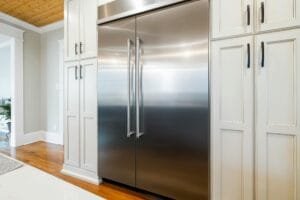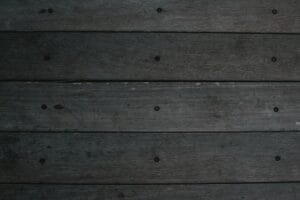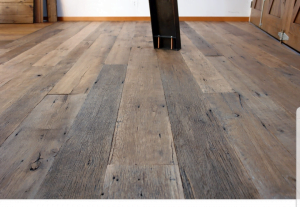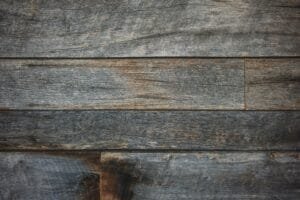
Combining Reclaimed Wood Flooring with Other Natural Materials
Natural materials have a timeless appeal – they bring warmth, authenticity, and a sense of calm that synthetic alternatives simply can’t replicate. Reclaimed wood flooring

But not all reclaimed timber is created equal. If you’re shopping for salvaged floorboards, it’s essential to distinguish between high-quality planks that will stand the test of time and poor-quality wood that may cause problems down the line. Here’s how to spot the best.
The first step in identifying quality reclaimed floorboards is assessing their structural soundness. Despite their age, the boards should feel solid, free from major cracks, rot, or warping. Look for boards that are straight and true, as significant twisting or bowing can make installation difficult and affect the final finish.
Press or knock on the boards. A hollow sound could indicate internal decay, while excessive softness may suggest rot or insect damage.
Woodworm and termites can wreak havoc on timber, leaving it riddled with tiny holes or even hollowed sections. When inspecting reclaimed wood, look for small pinholes, powdery residue (frass), or signs of tunnelling.
Some aged boards may show past insect activity, but if the wood has been properly treated and is structurally sound, it may still be usable. Always ask the seller whether the timber has been kiln-dried or chemically treated to kill any lingering pests.
Trustworthy sellers will often share the history of their reclaimed wood. Knowing where the wood came from, whether an old barn, a Victorian home, or a factory floor, can tell you a lot about its age, quality, and previous treatment.
Hardwood floorboards from older buildings are often denser and more durable than modern softwoods. A clear provenance also helps ensure the timber was sourced ethically and legally, reducing the risk of acquiring stolen or illegally harvested materials.
One of the biggest draws of reclaimed wood is its unique character. High-quality boards will display a rich, aged patina that has developed over decades, along with natural grain patterns and imperfections that add charm.
Avoid boards that look overly sanded or artificially distressed; this could be a sign they’re not genuinely reclaimed. Authentic aged wood typically has a depth of colour and variation that’s hard to replicate with new materials.
Reclaimed wood may still contain nails, screws, or fragments of metal from its previous life. These can damage tools during processing or installation if not identified early.
A good supplier will de-nail and metal-detect each board thoroughly. If you’re buying raw boards, run a magnet over the wood and check edges and ends for any embedded materials before working with it.
Moisture is one of the most important factors affecting the longevity of wooden floorboards. Reclaimed wood should be properly dried, ideally kiln-dried, to a moisture level suitable for indoor use (usually around 6–9%).
Ask for a moisture reading, especially if the boards are coming from a damp environment like an old warehouse or barn. Improperly dried boards are more prone to cupping, warping, and splitting after installation.
Reputable reclaimed wood dealers take the time to inspect, clean, treat, and prepare their timber for resale. They’ll be transparent about the wood’s condition and origins, and will often offer sample pieces or allow you to view boards in person.
Avoid sketchy marketplaces or deals that seem too good to be true. With reclaimed wood, you often get what you pay for, cut-rate prices can mean compromised quality or improperly processed timber.
High-quality reclaimed wood floorboards are more than just a sustainable flooring option, they’re a piece of history under your feet. By inspecting for structural soundness, verifying the source, and choosing reputable suppliers, you can avoid costly mistakes and ensure your reclaimed floorboards are both beautiful and built to last.
With a careful eye, you’ll find timber that adds warmth, authenticity, and long-term value to your space.

Natural materials have a timeless appeal – they bring warmth, authenticity, and a sense of calm that synthetic alternatives simply can’t replicate. Reclaimed wood flooring

Some design trends come and go, but the beauty of natural materials, especially wood, never fades. Reclaimed wood flooring, with its rich tones, subtle imperfections,

Restoring a period home is as much about sensitivity as it is about style. Every beam, cornice, and doorframe tells a story – and your

Choosing the right flooring is about more than just appearance – it’s an investment in your home’s value, durability, and character. Among the most popular